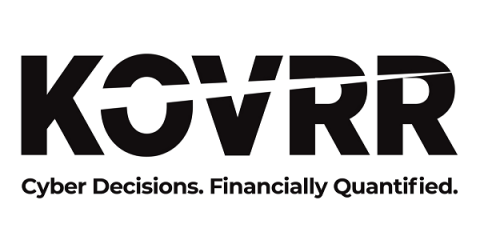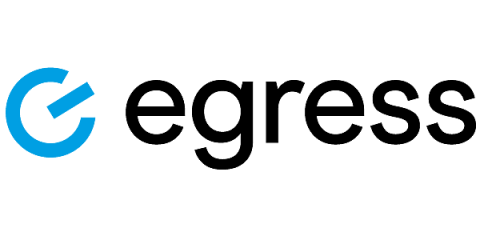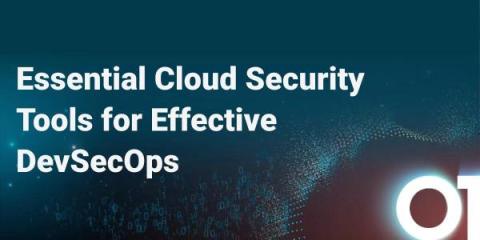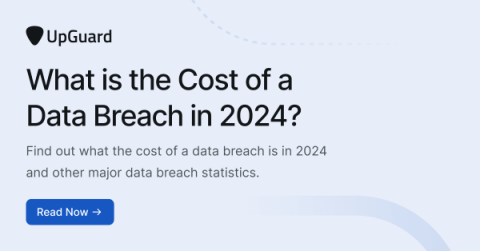Best practices to implement self-doxxing in organizations
Organizations face a constant challenge to balance transparency and security in today's rapidly evolving digital landscape. One emerging concept that has gained traction in recent years is the practice of "self-doxxing." This seemingly counterintuitive term refers to the deliberate and controlled sharing of an organization's information, often sensitive, to enhance transparency, accountability, and trust.










